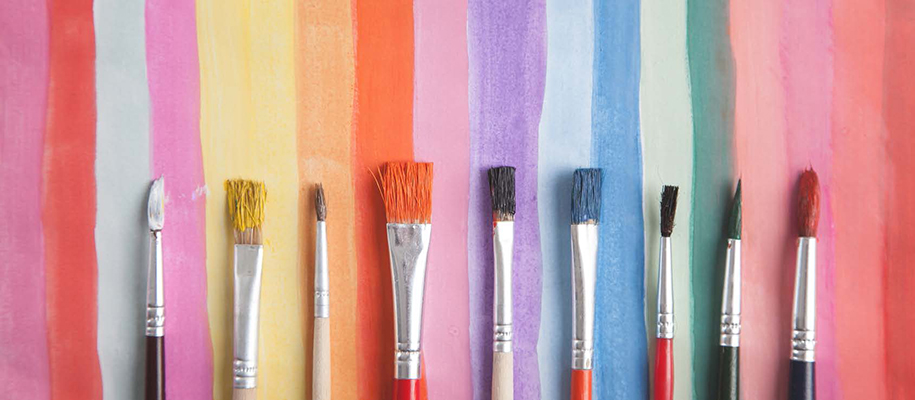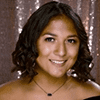There’s a common misconception held by many art students that for each grant or scholarship you apply to, you should apply with a brand-new project. While it’s important to pay attention to the rules and guidelines outlined in the terms of each scholarship in case a new project is required, it’s generally appropriate (and encouraged) to reuse projects and simply rework the brief piece of writing applicants are required to write that connects the artwork to the prompt or theme.
Let’s walk through how to do this with a (fake!) scholarship example: Costco’s Student Advert Scholarship Competition. This fictional competition requires a one-minute video ad or one-page flyer advertising Costco’s latest Student Membership Program.
Choosing the right piece
With our example project, there are no guidelines outside of formatting. This means you have a lot of creative freedom—something perfect for reused projects. With this in mind, don’t simply choose any random work of art. You want to be thoughtful and creative! If you’ve painted fruits and vegetables, you could take a photo of the piece and layer it with some paint-like fonts on your computer to make a stylized flyer. If you’ve taken videos of you and your friends grocery shopping, you could clip those together into a short musical advertisement. Out-of-the-box thinking is what will win you the scholarship, so utilize it, but also respect the time and energy of the judges and try to refrain from forcing a photograph of your dog onto a flyer about Costco. You should be intentional in choosing your piece for your audience.
Related: Insider Tips for Preparing an Art and Design Portfolio
Reworking the piece
Let’s say you chose the painting of fruits and vegetables and decide to use a font that imitates painted words. Something you could do to bring the piece to life is create your own font! Utilize your freedom and make this piece seem like it was made for the scholarship. You could also edit the work by using selective coloring or heightening the contrast to suit current trends and catch the eye of your target audience: young adults. If you do want to create a font, there’s a wonderful site called Calligraphr you should try out to really get into the details.
The writing portion of the application
With nearly all art scholarships, you’ll need to submit a piece of writing that explains your art in relation to the scholarship. I wouldn’t recommend blatantly stating that your work was reused, but if you think you can word it well and it would benefit you and your work, feel free to alert the judges to the fact. What I would recommend is to remove the original work’s inspiration from your mind and dig around for the draw of the work to the scholarship. What made you think this painting was a good fit for what the scholarship is asking of you? Do you think advertisements targeted toward young adults are often out of touch and your piece fits right into the current art trends of your generation? Did you analyze Costco’s general and student demographics and see that the majority of customers are women and, therefore, sociologically more prone to take interest in certain colors or patterns that you incorporated into the piece? Use whatever you possibly can to convince the panel that your ad is the ad.
Related: Secrets to Writing an Amazing Scholarship Essay
The key to expediting scholarship applications is working smarter, not harder. You won’t win every scholarship you apply for, so unless the rules state otherwise, there’s no reason not to reuse the art projects you worked so hard on for multiple scholarships. Be creative and pay attention to the writing prompts, and you’ll be raking in the scholarship money in no time.
Start searching for art scholarships you could win using our Scholarship Search tool.








